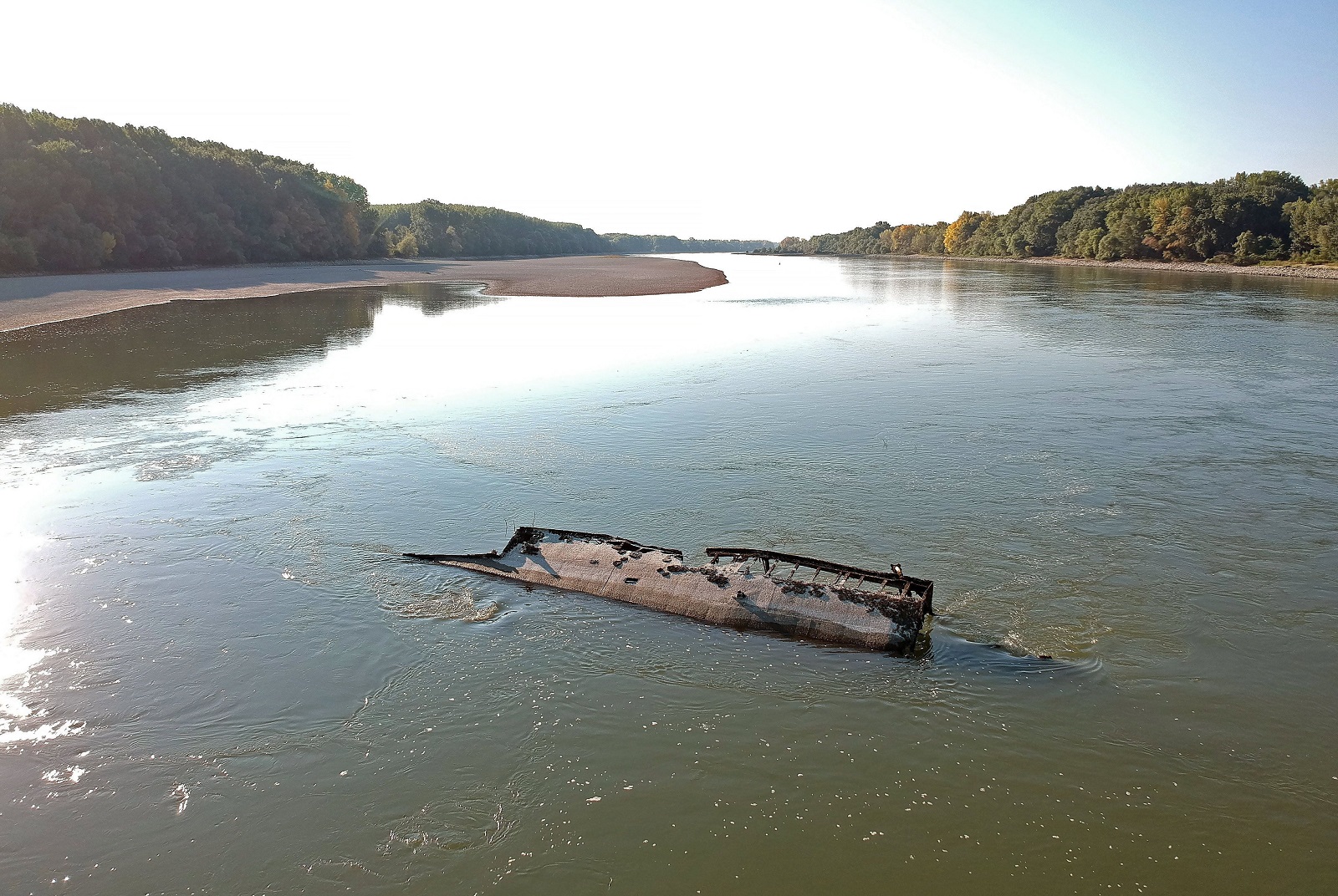Shipwrecks are now visible in the Danube, thanks to climate change + A little bit of electricity to the brain can help with memory

Drying rivers are bringing World War II shipwrecks to the surface: European rivers are coughing up ancient relics and shipwrecks dating back to World War II, as extreme temperatures are causing droughts across the continent, the New York Times reports. Aside from the resurfaced relics, these droughts — causing European rivers to record their lowest water levels over the past century — have also been disturbing ship traffic. Over the past few weeks, droughts hitting the US, Europe, and China are having a dire impact on factory operations, agricultural production, with mns in risk of blackout and the Middle East is facing a threat of water scarcity and drought and Chinese hydropower dams running dry.
What has resurfaced? The foundation of a 2k-year-old bridge in Rome, the Spanish Stonehenge — officially called the Dolmen of Guadalperal — and an abandoned Spanish village which has spent years under water. As for the ships unveiled, they were part of Nazi Germany’s fleet and the German Navy had sunken them in 1944 so the Soviet Army doesn’t get its hands on them. The expected cost of removing the vessels stands at some USD 30 mn, according to the NYT.
Electrical stimulation of specific areas in the brain may hold promise for improving memory in seniors, according to new research published by Boston University in Nature Neuroscience, which the Wall Street Journal picked up. Zapping the parietal and prefrontal cortexes of the brain with weak high and low frequency currents improved short term and long term memory recall in healthy older adults, the research showed. The participants whose parietal cortices (which is in the upper back region of the brain) were stimulated were better able to recall words from the end of a list of 20 words, while those whose prefrontal cortex (at the front of the brain) showed better recall of words from the beginning of the list. The participants showed improved short- and long-term memory for one month after the experiment, the research team said, although they caveat that more studies are needed to determine just how long the improvements can last.